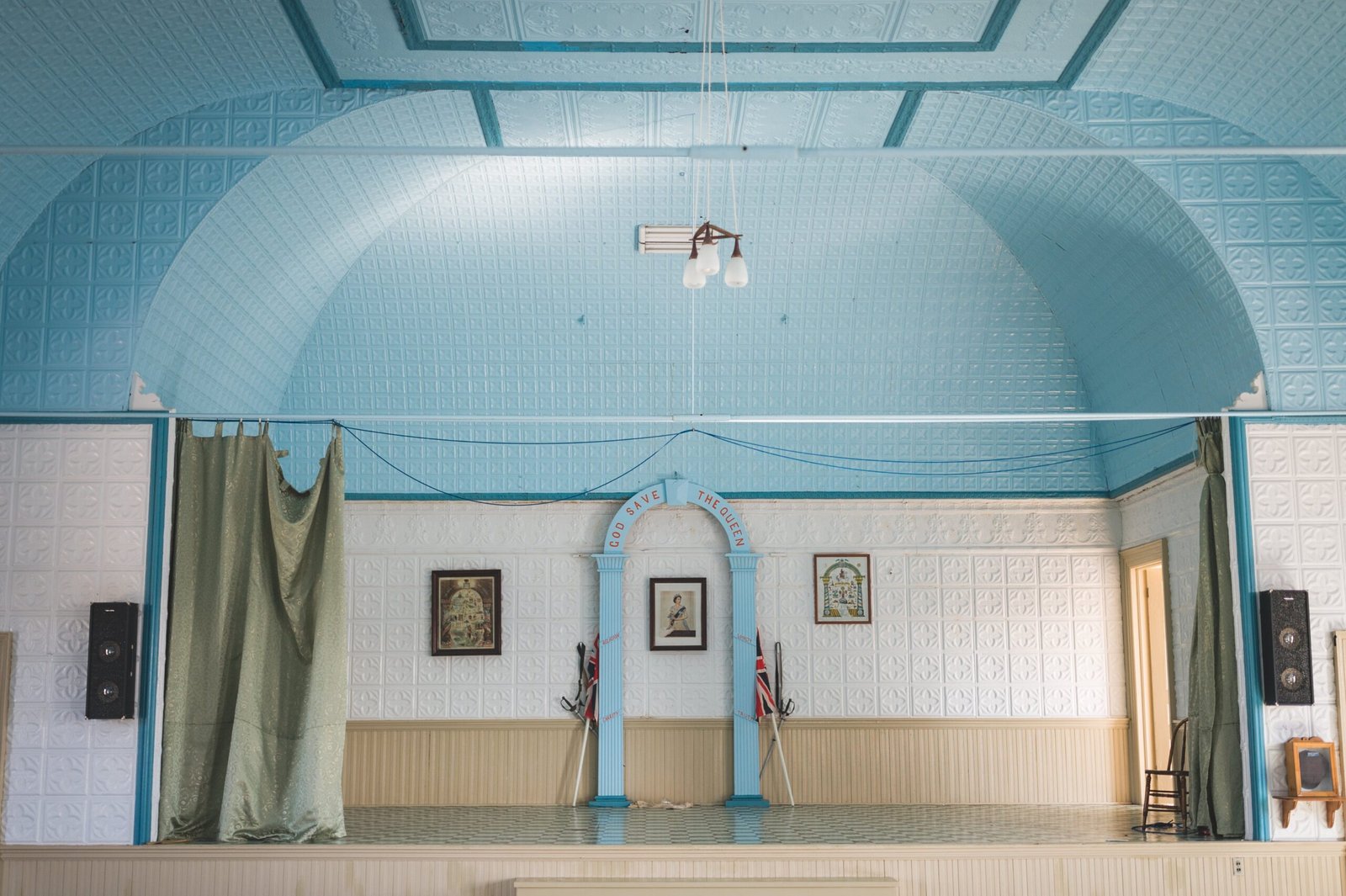
Are you planning a trip to Ireland in March? Whether you’re drawn to the stunning landscapes, rich history, or lively culture, traveling to Ireland during this time can be a delightful experience. From iconic landmarks to cozy pubs, Ireland has a lot to offer. However, before you pack your bags, it’s important to be prepared for the unique aspects of traveling to Ireland in March. In this article, we will provide you with some top tips to make the most out of your trip and ensure a memorable experience in the Emerald Isle.
Weather and Climate

Average Temperature
In March, the average temperature in Ireland ranges from 6°C (43°F) to 11°C (51°F), making it a bit chilly but still manageable. You can expect some cooler temperatures, especially in the evenings, so be sure to pack some warm layers.
Rainfall
March is known for its rainfall in Ireland, so it’s essential to come prepared with waterproof gear and an umbrella. On average, Ireland receives about 15 to 19 rainy days during March, which means you’ll likely experience some wet weather during your trip. But don’t let that dampen your spirits – the rain gives the country its lush green landscapes!
Daylight Hours
In March, Ireland begins transitioning into longer daylight hours. The days start to get brighter, with an average of 11 to 12 hours of daylight. This provides ample time to explore the beautiful countryside, historical sites, and vibrant cities throughout your visit.
Planning Your Itinerary
Key Events in March
March in Ireland is truly a special time, as the country celebrates its most famous cultural event – St. Patrick’s Day. This national holiday takes place on March 17th and is celebrated with parades, festivals, lively music, and vibrant displays of green throughout the entire country. Join in the festivities and witness the Irish spirit at its finest!
Popular Tourist Destinations
When visiting Ireland in March, you’ll have countless options for must-see destinations. Dublin, the capital city, is a bustling metropolis with a rich history and vibrant nightlife. Explore the Guinness Storehouse, visit Trinity College to see the Book of Kells, and stroll through the charming streets of Temple Bar.
Other popular destinations include Galway, known for its artistic culture and lively festivals, and Killarney, the gateway to the stunning Ring of Kerry. Don’t forget to visit the iconic Cliffs of Moher, a breathtaking natural wonder that is sure to leave you in awe.
Off-the-Beaten-Path Recommendations
If you’re looking for a unique and less crowded experience, consider visiting some off-the-beaten-path locations in Ireland. The Aran Islands, located off the west coast, offer a glimpse into traditional Irish island life. Explore the ancient ruins of Dun Aonghasa, enjoy scenic walks along rugged coastlines, and immerse yourself in the local culture.
Another hidden gem is the Boyne Valley, where you can explore ancient burial mounds, such as Newgrange and Knowth, which are older than Stonehenge and the Egyptian pyramids. These sites offer a fascinating insight into Ireland’s rich history and prehistoric civilizations.
Packing Essentials
Layered Clothing
As the weather in March can vary, it’s crucial to pack layered clothing to adapt to changing temperatures. Make sure to pack warm sweaters, long-sleeved shirts, and a waterproof jacket. Layering allows you to adjust your clothing easily throughout the day, ensuring comfort no matter the weather.
Waterproof Gear
Given Ireland’s reputation for rainfall, waterproof gear is a must-have when traveling in March. Pack a sturdy umbrella, waterproof shoes or boots, and a waterproof cover for your backpack or daypack. Embrace the rain and keep yourself dry while exploring the country’s stunning landscapes.

Comfortable Shoes
Whether you’re planning to wander through picturesque towns or hike along coastal paths, comfortable shoes are essential. Opt for waterproof and supportive footwear that can withstand a variety of terrains. From cobbled streets to rocky trails, comfortable shoes will ensure you can explore to your heart’s content.
Transportation Options
Flights to Ireland
When planning your trip to Ireland, it’s important to consider flight options. Dublin Airport, located just north of Dublin City, is the country’s busiest airport and serves as a major hub for international flights. Several airlines offer direct flights to Dublin from various destinations worldwide. Consider booking your flights well in advance to secure the best deals and availability.
Getting Around Within Ireland
Once you’ve arrived in Ireland, there are several transportation options available to explore the country. Renting a car provides flexibility and allows you to venture off the beaten path easily. Ireland has an extensive network of well-maintained roads, making it a pleasant driving experience.
If you prefer not to drive, consider hiring a private driver or joining organized day tours to visit popular attractions. This eliminates the stress of navigating unfamiliar roads and allows you to sit back, relax, and enjoy the breathtaking views.
Public Transportation
Ireland also offers an efficient public transportation system, which includes trains and buses. Irish Rail provides an extensive rail network connecting major cities and towns. Buses, operated by companies like Bus Éireann, offer comprehensive coverage, including routes to more remote areas. Using an integrated ticket card, such as the Leap Card, provides convenience and cost savings when using public transportation.
Accommodation Choices
Hotels and Resorts
Ireland boasts a wide range of hotels and resorts to suit all budgets and preferences. From luxurious five-star accommodations to charming boutique hotels, you’ll find options throughout the country. When booking, consider the location, amenities, and proximity to attractions to ensure a comfortable stay.
Bed and Breakfasts
For a more intimate and traditional Irish experience, consider staying in a cozy bed and breakfast (B&B). These family-run establishments offer warm hospitality, comfortable rooms, and a delicious homemade breakfast to start your day. B&Bs often provide insider tips and recommendations from the friendly hosts, enriching your overall experience.
Self-Catering Accommodations
If you prefer more independence and flexibility, self-catering accommodations, such as holiday cottages or apartments, are a great choice. These fully furnished options allow you to enjoy a home away from home, with the freedom to cook your meals and unwind in a comfortable living space. Self-catering accommodations can be found in both rural and urban areas, providing a unique and personalized experience.
Currency and Payment
Currency in Ireland
The official currency of Ireland is the Euro (€). It’s advisable to have some cash on hand for smaller purchases and in case you encounter establishments that only accept cash. Many hotels, restaurants, and shops also accept major credit cards, so using a combination of cash and card is recommended.

ATMs and Credit Cards
ATMs, also known as cashpoints, are widely available throughout Ireland. They are a convenient option for withdrawing cash in the local currency using your debit or credit card. Major credit cards, such as Visa and Mastercard, are generally accepted in most establishments. However, it’s always a good idea to carry some cash, especially when venturing into more remote areas.
Tipping Etiquette
Tipping in Ireland is generally appreciated but not mandatory. If you receive exceptional service, a tip of around 10% is customary in restaurants. Some establishments may include a service charge, so be sure to check your bill. Tipping is also appreciated for services such as taxi rides, hotel staff, and tour guides. While not required, it’s a nice gesture to show your appreciation for excellent service.
Safety and Security
Health and Travel Insurance
Before traveling to Ireland, it’s essential to have comprehensive health and travel insurance. This will provide peace of mind in case of any medical emergencies or unexpected travel disruptions. Check with your insurance provider to ensure you have adequate coverage for your entire trip.
Emergency Services
Ireland has a robust emergency services system, including police (Gardaí), fire departments, and medical services. In case of emergencies, dial 112 or 999 for immediate assistance. The emergency services in Ireland are highly responsive and well-equipped to handle any situations that may arise during your visit.
Common Scams and Precautions
While Ireland is a safe destination, it’s always important to remain vigilant and aware of your surroundings. Like any popular tourist destination, there may be occasional scams or pickpocketing incidents. Keep your belongings secure, be cautious of your surroundings in crowded areas, and avoid displaying valuable items openly. It’s also advisable to use licensed taxis and be cautious when sharing personal information with strangers.
Cultural Etiquette
Greetings and Politeness
Irish people are known for their friendliness and warm hospitality. When greeting locals, a simple “hello” or “hi” is sufficient. Handshakes are the most common form of greeting, although in more informal settings, a nod or a smile is also acceptable. Being polite, respectful, and showing genuine interest in Irish culture will go a long way in creating positive interactions with the locals.
Pubs and Drinking Culture
Pubs are an integral part of Irish culture, and enjoying a pint of Guinness or another local brew is a must-do experience. When visiting a pub, it’s customary to order drinks at the bar and find a seat. Engage in friendly conversation with fellow patrons or the bartenders, and don’t be shy to ask for recommendations on local beers or traditional Irish music sessions taking place in the area.
Respecting Irish Customs
Irish customs and traditions are deeply rooted in the country’s history and folklore. Respect the local customs by embracing Irish cultural practices, such as Irish dancing, traditional music, and the Gaelic language. Take the time to learn about the history and significance of important Irish symbols, such as the Celtic cross or the Claddagh ring. By showing respect and appreciation for Irish customs, you’ll have a more immersive and enriching experience.
Local Cuisine
Traditional Irish Dishes
Food plays a significant role in Irish culture, and trying traditional dishes is a must during your visit. Indulge in hearty meals like a full Irish breakfast, consisting of bacon, sausages, eggs, black and white pudding, and baked beans. Additionally, don’t miss out on classics like Irish stew, made with tender lamb, potatoes, and vegetables, and of course, fish and chips, a popular favorite.
Restaurant Recommendations
Ireland is home to a vibrant culinary scene with an impressive array of restaurants offering diverse cuisines. From Michelin-starred establishments to cozy local eateries, you’re sure to find something to suit your taste buds. In Dublin, try dining at Chapter One or Forest Avenue for an exquisite fine dining experience. In Cork, visit English Market, a vibrant food market offering a wide variety of fresh produce and local delicacies.
Vegetarian and Dietary Restrictions
Vegetarian and vegan options are becoming more prevalent in Ireland, with many restaurants providing dedicated menus. Inform the servers or staff about your dietary restrictions, and they will be happy to accommodate your needs. Gluten-free options are also available in most establishments, ensuring that everyone can enjoy the delicious flavors of Ireland.
Must-Have Experiences
St. Patrick’s Day Celebrations
When visiting Ireland in March, joining in the St. Patrick’s Day celebrations is an absolute must. Be prepared for lively parades, vibrant festivities, traditional music, and a sea of green throughout the country. Dublin’s St. Patrick’s Day Parade is one of the largest celebrations, attracting visitors from around the world. Immerse yourself in the infectious energy and revel in the Irish spirit during this iconic event.
Exploring Ancient Castles
Ireland is renowned for its wealth of ancient castles, each with its own story to tell. From the iconic Blarney Castle, home to the famous Blarney Stone, to the majestic Ashford Castle, which boasts luxurious accommodations and stunning grounds, exploring these historic landmarks is a must. Step back in time and experience the grandeur and rich history that Ireland’s castles have to offer.
Scenic Drives and Coastal Walks
Ireland’s breathtaking landscapes and rugged coastline make it a perfect destination for scenic drives and coastal walks. The Ring of Kerry, a 179-kilometer (111-mile) route, offers spectacular views of mountains, lakes, and coastal cliffs. The Wild Atlantic Way, stretching over 2,500 kilometers (1,553 miles), showcases some of Ireland’s most stunning coastal scenery. Lace up your hiking boots or hop in a car, and embark on an unforgettable journey through Ireland’s natural wonders.
In conclusion, traveling to Ireland in March offers a unique experience filled with cultural festivities, scenic beauty, and warm hospitality. Be prepared for changeable weather, embrace the rich history and customs, and indulge in the delicious cuisine. With proper planning and a friendly attitude, your trip to Ireland in March is sure to be an unforgettable adventure. So pack your bags, explore the Emerald Isle, and create memories that will last a lifetime.





